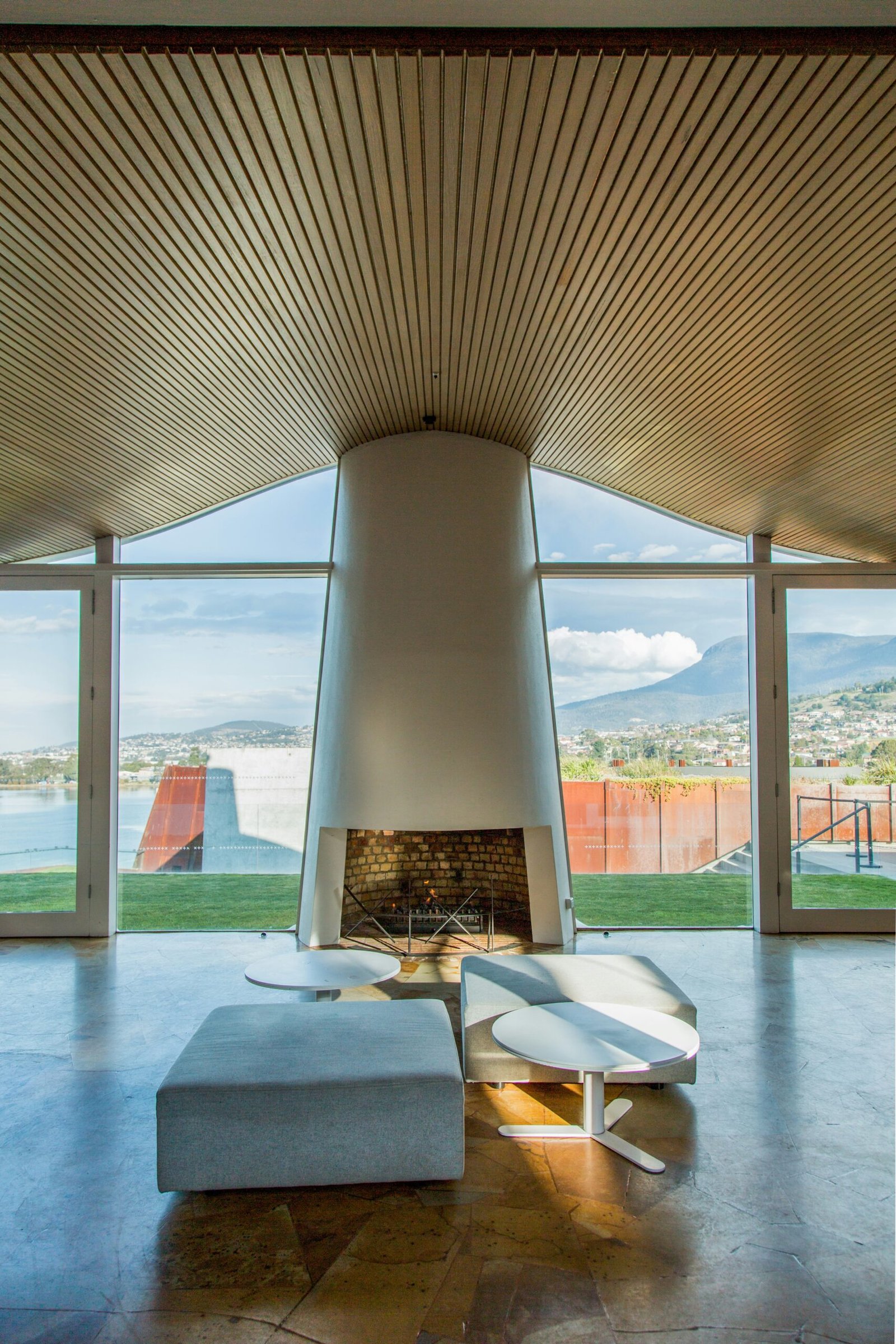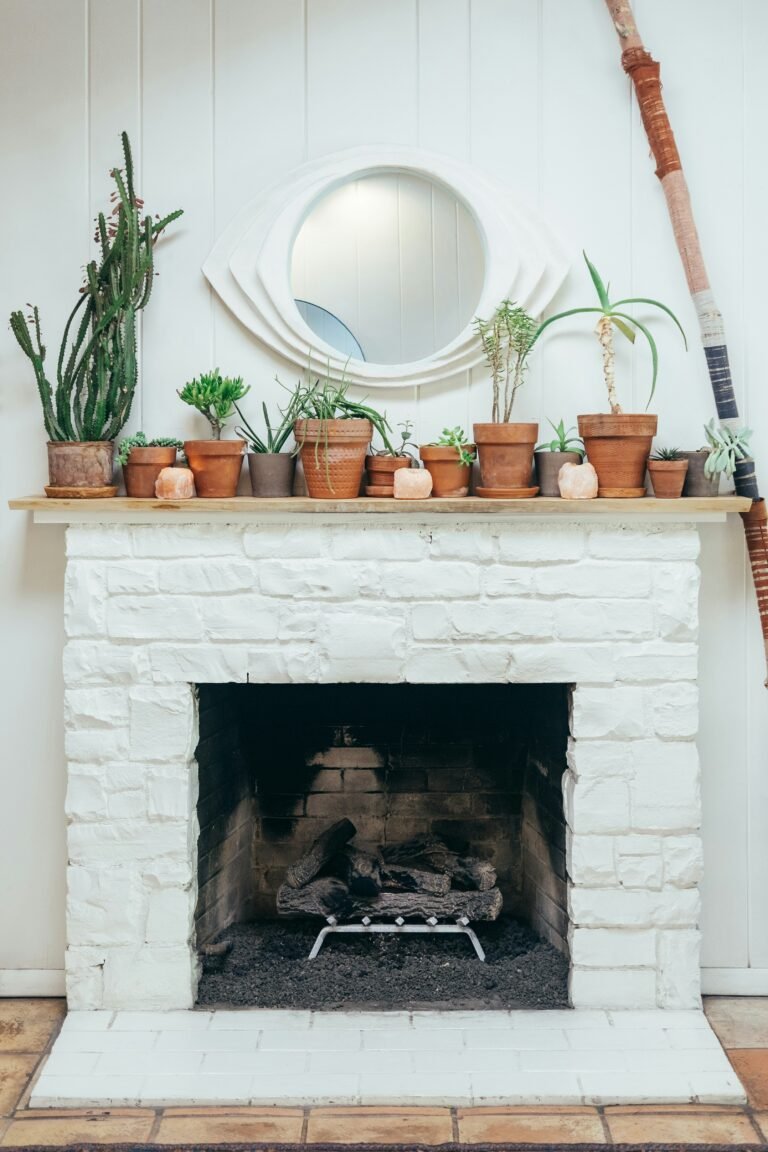Imagine stepping into a cozy Victorian-era living room, the crackling fire illuminating the ornate details of a stunning fireplace. In recent years, there has been a resurgence in the appreciation for these grand fireplaces, as homeowners seek to restore the charm of their historic homes. In this article, we will explore the world of restoring Victorian fireplaces, offering DIY tips and tricks to bring back the warmth and elegance of these timeless pieces. Get ready to embark on a journey of rediscovering the charm of your Victorian fireplace with Fireside Resurgence.
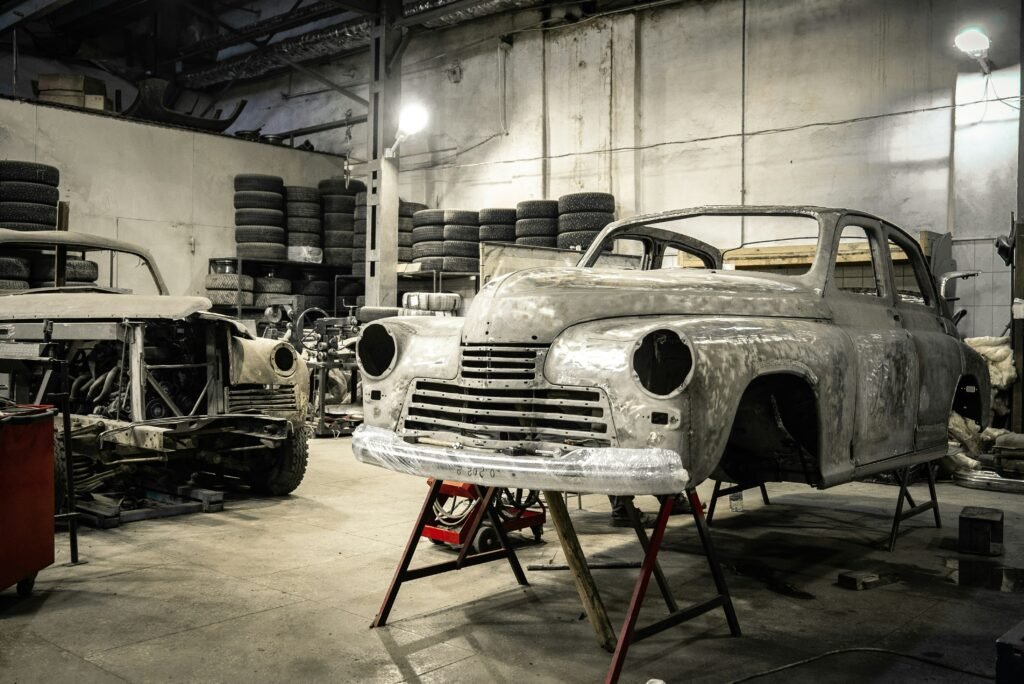
This image is property of images.unsplash.com.
1. Understanding Victorian Fireplaces
Victorian fireplaces hold a significant place in the history of interior design and architecture. During the Victorian era, these fireplaces were a common feature in many homes and were known for their elegance and charm. Understanding the history, key features, and different types of Victorian fireplaces is essential when embarking on a restoration project.
The history of Victorian fireplaces
Victorian fireplaces originated during the reign of Queen Victoria from 1837 to 1901. These fireplaces were not just functional heating sources but also served as focal points of the room, displaying the owner’s wealth and social status. The design of Victorian fireplaces varied throughout the era, reflecting different architectural styles such as Gothic Revival, Neo-Classical, and Arts and Crafts.
Key features and characteristics of Victorian fireplaces
One of the defining characteristics of Victorian fireplaces is their ornate and decorative nature. They often feature intricate tilework, detailed cast iron inserts, and elaborate mantels. Victorian fireplaces are typically taller and narrower than their modern counterparts, designed to fit the proportions of the rooms in which they were installed. The decorative details and unique design elements make Victorian fireplaces a standout feature in any home.
Different types of Victorian fireplaces
There are several types of Victorian fireplaces that you may come across during your restoration project. The most common types include cast iron fireplaces, tiled fireplaces, and combination fireplaces. Cast iron fireplaces often feature intricate designs and can be found in various styles, such as arched, horseshoe, and tiled inserts. Tiled fireplaces, on the other hand, are known for their beautiful ceramic or encaustic tilework. Combination fireplaces combine both cast iron and tiled elements, providing a harmonious blend of decorative features.
2. Assessing the Condition of Your Victorian Fireplace
Before diving into the restoration process, it is crucial to assess the condition of your Victorian fireplace. Identifying common issues and damages, checking for structural integrity, and evaluating the condition of the hearth and mantel will help you determine the extent of the restoration required.
Identifying common issues and damages
Over time, Victorian fireplaces can suffer from several issues and damages. These can include cracked tiles, missing or damaged cast iron components, deteriorating mortar, or a worn-out hearth. It is essential to carefully inspect your fireplace for these common issues and document them before beginning any restoration work.
Checking for structural integrity
While Victorian fireplaces are often renowned for their intricate design, it is crucial to ensure their structural integrity. Look for any signs of instability, such as loose components or cracks in the surrounding masonry. If you notice any structural issues, it is advisable to consult with a professional before proceeding with the restoration.
Evaluating the condition of the hearth and mantel
The hearth and mantel are key components of your Victorian fireplace that also require evaluation. Check for any signs of chipping, staining, or damage to the hearth. Similarly, assess the condition of the mantel, including any paint or finish that may need to be addressed during the restoration process. By thoroughly evaluating the hearth and mantel, you can ensure their restoration aligns with the overall aesthetic of your fireplace.
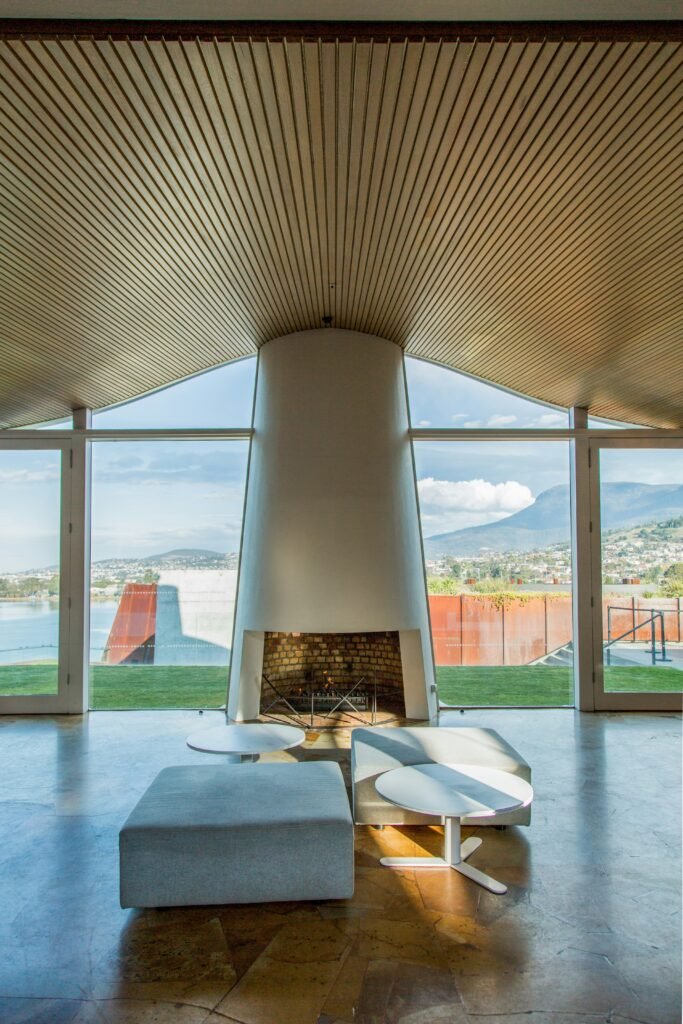
This image is property of images.unsplash.com.
3. Gathering the Necessary Tools and Materials
To successfully restore your Victorian fireplace, it is essential to gather the necessary tools and materials beforehand. Having the right tools will not only make the restoration process more efficient but also ensure that you are equipped to handle any challenges that may arise.
Basic tools for fireplace restoration
Some basic tools you may need for fireplace restoration include a wire brush, scraper, chisel, and hammer for removing debris and old finishes. Additionally, having safety equipment such as gloves, safety goggles, and a dust mask is crucial to protect yourself during the restoration process.
Specialized tools for Victorian fireplace restoration
Certain aspects of restoring a Victorian fireplace may require specialized tools. These can include a tile cutter for replacing or repairing tiles, a silicone gun for applying adhesive, and a masonry drill for securing loose components. It is important to have these specialized tools on hand to ensure accurate and efficient restoration work.
Recommended materials for repairs and finishing
When it comes to repairing and finishing your Victorian fireplace, using the right materials is essential for an authentic restoration. For repairing cracks or missing components, consider using heat-resistant masonry mortar or adhesives suitable for the specific materials of your fireplace. If you plan to refinish the mantel or other wooden components, selecting appropriate paint or wood stain that matches the era is crucial for maintaining the authenticity of your Victorian fireplace.
4. Preparing the Work Area
Before you begin restoring your Victorian fireplace, it is essential to prepare the work area properly. This ensures a clean and organized space, minimizing the risk of damage to the surrounding surfaces and making the restoration process more efficient.
Clearing the fireplace of any debris or obstructions
Start by clearing the fireplace of any debris, ash, or remnants of previous fires. Using a vacuum cleaner or a brush, remove any loose dirt and soot from the fireplace and chimney. This step will provide a clean base for the restoration work and minimize the risk of dirt interfering with the repair process.
Protecting surrounding surfaces
To prevent any accidental damage to surrounding surfaces, it is crucial to protect them during the restoration process. Cover nearby furniture, floors, and walls with drop cloths or plastic sheeting. This will protect them from dust, debris, and potential spills during the restoration process.
Creating a safe and organized workspace
Safety should be a top priority throughout the restoration process. Ensure that your workspace is well-ventilated to remove any fumes or dust generated during the restoration work. Additionally, organize your tools and materials in a way that allows for easy access while minimizing the risk of accidents or injuries. Having a well-organized and safe workspace will make the restoration process more enjoyable and efficient.
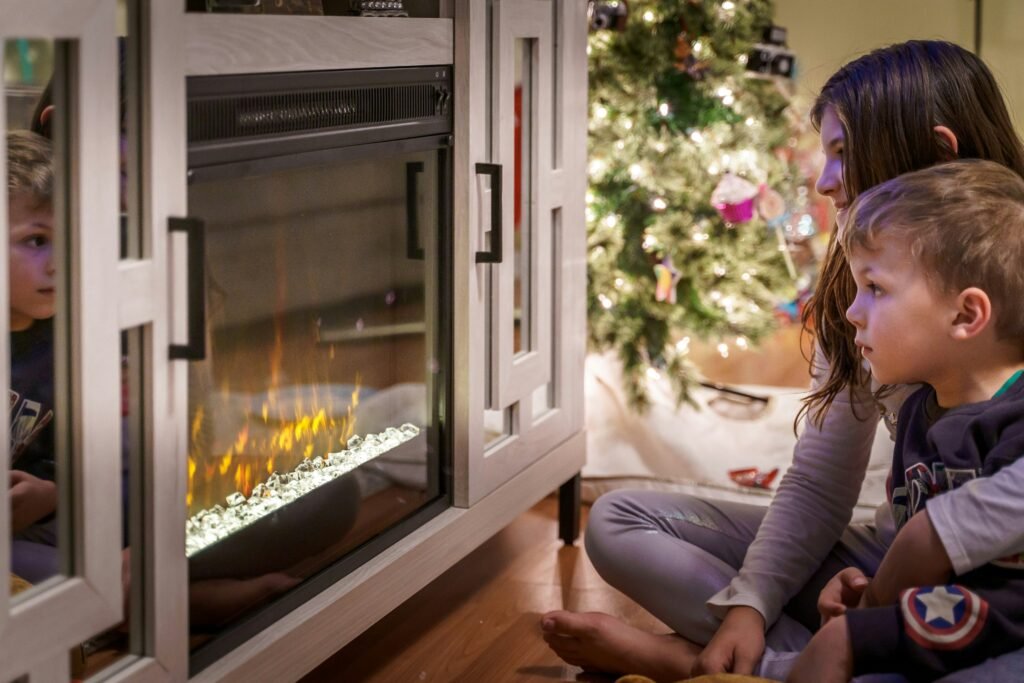
This image is property of images.unsplash.com.
5. Cleaning and Repairing Victorian Fireplaces
Cleaning and repairing your Victorian fireplace are crucial steps in the restoration process. By carefully removing layers of dirt and soot, repairing any cracks or damaged components, and replacing missing tiles or bricks, you can bring your fireplace back to its former glory.
Removing layers of dirt and soot
Over time, Victorian fireplaces can accumulate layers of dirt and soot, obscuring their original charm. Begin the cleaning process by wearing gloves and using a wire brush or scraper to gently remove the layers of dirt from the surface of the fireplace. If necessary, use a specialized fireplace cleaner or a mixture of mild soap and water to tackle stubborn stains. Take care not to scrub too vigorously, as this may damage the decorative elements of the fireplace.
Repairing cracks and damaged components
If your Victorian fireplace has any cracks or damaged components, it is essential to address them during the restoration process. Use appropriate adhesives or masonry mortar to repair the cracks, ensuring a secure and stable structure. For damaged cast iron components, consider consulting a professional to determine the best course of action, whether it be repair or replacement.
Replacing missing tiles or bricks
One of the unique features of Victorian fireplaces is their intricate tilework. If your fireplace has missing or damaged tiles, consider replacing them with replicas that closely match the original design. Additionally, if any bricks are missing or deteriorated, carefully remove and replace them to restore the fireplace’s overall integrity. Paying attention to these details will ensure that your fireplace looks cohesive and reflects the true essence of Victorian style.
6. Restoring the Hearth and Mantel
The hearth and mantel play a significant role in the overall aesthetics of your Victorian fireplace. By stripping old paint or finishes, repairing or replacing the hearth if necessary, and refinishing the mantel, you can restore these components to their original charm.
Stripping old paint or finishes
If your mantel or other wooden components have been painted or finished with layers of old varnish or paint, consider stripping them back to expose the original wood. Using appropriate stripping agents and following the manufacturer’s instructions, carefully remove the old finishes. This will allow you to refinish the mantel in a way that highlights the natural beauty of the wood.
Repairing or replacing the hearth if necessary
The hearth is not only a functional feature but also an area of focus within your Victorian fireplace. If the hearth is damaged or worn out, consider repairing or replacing it during the restoration process. Ensure that the new hearth aligns with the overall design and aesthetics of your fireplace and complies with any necessary safety regulations.
Refinishing the mantel to its original charm
Once the old finishes have been stripped, it is time to refinish the mantel to restore its original charm. Choose a paint or wood stain that matches the era of your fireplace and complements the overall color scheme of the room. Apply the paint or stain evenly, following the manufacturer’s instructions, and allow it to dry completely before proceeding. This final touch will bring out the true beauty of your Victorian fireplace’s mantel.
7. Reinstalling and Reviving Victorian Fireplace Features
After cleaning, repairing, and restoring the main components of your Victorian fireplace, it is time to reinstall and revive some of its unique features. Reconnecting the gas or electrical components, installing a new fireback for improved efficiency, and enhancing the visual appeal with decorative tiles or cast iron insets will elevate the functionality and aesthetics of your restored fireplace.
Reconnecting the gas or electrical components
If your Victorian fireplace is equipped with gas or electrical components, it is crucial to reconnect them safely and according to any relevant regulations. Consult a professional if you are unsure about the proper installation procedures. Ensuring the safe operation of these features will provide you with a functional and efficient heating source.
Installing a new fireback for improved efficiency
A fireback is an essential component of Victorian fireplaces. It not only provides protection to the back wall but also helps reflect heat into the room. Consider installing a new fireback if the existing one is damaged or missing. Choose a fireback that enhances the efficiency of your fireplace, allowing for better heat distribution and retention.
Enhancing the visual appeal with decorative tiles or cast iron insets
To truly showcase the charm of your Victorian fireplace, consider enhancing its visual appeal with decorative tiles or cast iron insets. Install new tiles that complement the overall design of your fireplace, paying attention to symmetry and color coordination. Additionally, explore the variety of cast iron insets available and choose one that reflects the specific era and style of your fireplace. These small decorative touches will elevate the aesthetics of your restored Victorian fireplace.
8. Maintaining Your Restored Victorian Fireplace
Once your Victorian fireplace has been restored to its former glory, it is crucial to maintain its pristine condition. Regular cleaning and maintenance, using proper fuel and avoiding damaging practices, and addressing minor repairs promptly will ensure the longevity and functionality of your fireplace.
Cleaning and maintaining the fireplace on a regular basis
Regular cleaning is vital to keep your restored Victorian fireplace looking its best. Use a soft brush or vacuum to remove dust and debris from the surface and surrounding areas. Additionally, inspect the fireplace periodically for any signs of damage or deterioration and address them promptly to prevent further issues.
Using proper fuel and avoiding damaging practices
To maintain the functionality of your restored Victorian fireplace, it is important to use proper fuel and avoid practices that may cause damage. Follow the manufacturer’s guidelines on suitable fuels and burning practices to ensure safe and efficient operation. Avoid burning materials that can produce excessive smoke, sparks, or soot, as these can lead to unwanted deposits and potential damage to your fireplace.
Addressing minor repairs promptly to prevent major issues
Even with regular maintenance, minor repairs may be necessary over time. It is essential to address these repairs promptly to prevent them from turning into major issues. Fixing loose components, replacing worn-out gaskets, or addressing minor cracks will help maintain the integrity and safety of your restored Victorian fireplace. Don’t hesitate to consult a professional if you are unsure about the best course of action for any repairs.
9. Showcasing the Restored Victorian Fireplace
Now that your Victorian fireplace has been restored to its former glory, it’s time to showcase its beauty and make it the centerpiece of your room. By arranging furniture and decor to highlight the fireplace, choosing appropriate accessories for the mantel, and creating a cozy and inviting ambiance, you can truly bring your restored Victorian fireplace to life.
Arranging furniture and decor to highlight the fireplace
To make your restored Victorian fireplace the focal point of the room, arrange your furniture in a way that emphasizes its presence. Consider placing seating options such as armchairs or a sofa near the fireplace to create a cozy and inviting atmosphere. Arrange other decor elements, such as rugs or artwork, in a way that draws attention to the fireplace and complements its overall aesthetics.
Choosing appropriate accessories for the mantel
The mantel of your Victorian fireplace provides the perfect space to showcase decorative accessories. Select items that align with the era and style of your fireplace, such as antique candlesticks, ornate vases, or vintage clock. You can also incorporate seasonal decorations or personal mementos to add a personalized touch. The key is to choose accessories that enhance the beauty of your restored Victorian fireplace without overwhelming its charm.
Creating a cozy and inviting ambiance
A restored Victorian fireplace sets the stage for a cozy and inviting ambiance. Consider incorporating elements such as soft lighting, plush cushions, and warm textiles to create a welcoming atmosphere around your fireplace. Adding a basket of firewood, a comfortable rug, or a collection of books nearby can further enhance the cozy vibe. These small details will make your restored Victorian fireplace the perfect spot to relax and enjoy the warmth.
10. Professional Help and Expert Advice
While DIY restoration can be a rewarding experience, there are instances where seeking professional help and expert advice is necessary. Knowing when to seek professional assistance, consulting with restoration specialists, and finding resources and communities for fireplace enthusiasts will ensure that you have the necessary support throughout your restoration journey.
When to seek professional assistance
There may be instances where the restoration process requires advanced skills, specialized equipment, or expert knowledge. If you encounter structural issues, complex repairs, or feel uncomfortable handling certain aspects of the restoration, it is advisable to seek professional assistance. Professional fireplace restorers have the expertise and experience to handle intricate restoration work and ensure the safety and integrity of your Victorian fireplace.
Consulting with restoration specialists
If you are unsure about the best approach for restoring your Victorian fireplace or need guidance on specific restoration techniques, consider consulting with restoration specialists. They can provide valuable advice, recommend suitable products or materials, and offer insights into preserving the authenticity and historical significance of your fireplace. Their expertise will help you achieve the best possible restoration results.
Finding resources and communities for fireplace enthusiasts
Restoring a Victorian fireplace is a journey that can be enriched by connecting with like-minded individuals and accessing valuable resources. Look for online communities or forums dedicated to fireplace enthusiasts or historical restoration. These platforms can provide a wealth of knowledge, practical tips, and recommendations for your restoration project. Additionally, explore books and publications on the topic to deepen your understanding of Victorian fireplaces and gain inspiration for your own restoration efforts.
In conclusion, restoring a Victorian fireplace is a labor of love that allows you to rediscover the charm and elegance of this historical feature. Understanding the history, key features, and different types of Victorian fireplaces will guide you through the restoration process. Assessing the condition, gathering the necessary tools and materials, and preparing the work area are crucial preliminary steps. Cleaning and repairing the fireplace, restoring the hearth and mantel, and reinstalling and reviving unique features will bring your Victorian fireplace back to life. Maintaining the restored fireplace, showcasing its beauty, and seeking professional help and expert advice when necessary are important aspects of the restoration journey. With dedication, patience, and a friendly tone, you can successfully restore your Victorian fireplace and create a cozy and inviting ambiance in your home.
